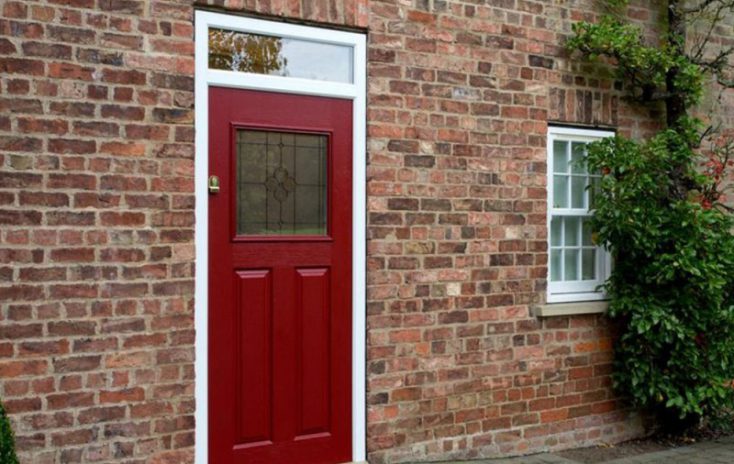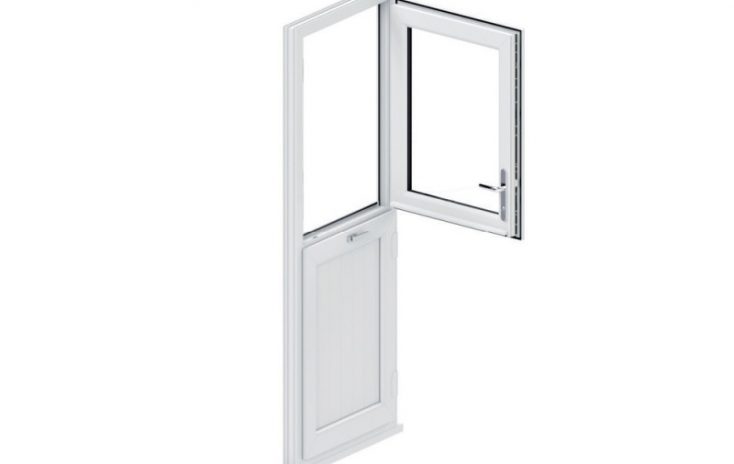The construction industry is one of the significant contributors to global carbon emissions. While operational energy (energy used in buildings) has been a focal point for many years, there’s a growing emphasis on embodied energy – the energy consumed in the production, transportation, and construction of building materials.
Here’s how the industry can reduce embodied energy, and a look at how we at TruFrame are playing our part to reduce embodied energy in the window and door industry.
Conscious Material Selection
Choosing materials with a low embodied energy footprint is crucial. Opt for locally sourced materials, as this reduces transportation-related emissions. Additionally, materials like recycled uPVC or reclaimed timber have a lower embodied energy compared to their virgin counterparts.
At TruFrame, we use reground uPVC in some parts of the profiles we use, as well as in our ancillaries and glazing platforms, helping to reduce wastage.
Energy-Efficient Manufacturing
Adopting energy-efficient manufacturing processes reduces the energy consumption associated with producing construction materials. This includes everything from the machinery used to the energy sources powering them.
From using the latest technology in machinery to adding renewable power generation systems such as solar panels, can help make manufacturing more efficient. Particularly suited to industrial use and as a back-up power source alternative to diesel generators, hydrogen power and hydrogen generators can be a more environmentally friendly alternative.
Waste Minimisation
A significant amount of waste is generated during construction. By implementing efficient waste management practices and recycling materials, the industry can reduce the embodied energy associated with waste disposal and material production.
Recycling around 10 tonnes of uPVC every week, we’re playing our part at TruFrame by reducing the amount of uPVC that ends up in landfill. Recycled uPVC goes back into manufacturing new uPVC sections, ancillaries, piling in retaining canals, decking, non-colour specific piping, and various other uses.
Modular Construction
Modular or off-site construction allows components to be manufactured in a controlled environment, leading to more efficient processes and reduced waste. It also reduces the energy associated with on-site construction activities.
Collaborative Efforts
Manufacturers, architects, and builders need to collaborate to achieve a shared goal of reduced embodied energy. Sharing knowledge, best practices, and innovative solutions can accelerate the industry’s shift towards sustainable construction.
As part of our collaborative efforts, we work closely with our suppliers and partners to jointly reduce the environmental impact of the window and door industry. Whether it’s helping our partners recycle corner protectors, or asking suppliers to send us accessories in less packaging, or choosing a window profile that’s recyclable and lead-free, we’re conducting a number of activities on many fronts to play our part in protecting the environment.
Reducing embodied energy in construction is not just an environmental imperative but also an economic one. As resources become scarcer and energy prices rise, focusing on embodied energy can lead to cost savings and a more sustainable future for the construction industry.



